In this video I discuss what is metabolic rate, how to calculate metabolic rate, and how to calculate calories burned, and how many calories burned in a day. I also discuss basal metabolic rate, and resting metabolic rate. Transcript (partial with notes) In this video, I am going to show you the formula on how to calculate your calories burned in a day (metabolic rate). And give some examples. Lets start off with the term metabolic rate. In this video we are defining metabolic rate as the amount of calories you would burn off in a day (24 hours) while at rest. So, not moving around or being active. In the fitness community, There are 2 popular formulas to calculate this. BMR, basal metabolic rate, and RMR, resting metabolic rate. BMR is taken after 8 hours of sleep and 12 hours of fasting. RMR is taken under less restrictions, and has been shown to be statistically more accurate. Lets look at a couple of examples. Here we have kyle and Samantha, and their metrics are here. Kyle is 44 yrs old, is 5’8” tall, and weighs 160 pounds. Samantha is 33 yrs old, 5’4” tall, and weighs 126 pounds. The RMR equation for men is (4.55 x Weight in pounds) + (15.88 x Height in inches) – (5*age) + 5, for women the equation is (4.55 x Weight in pounds) + (15.88 x Height in inches) – (5*age) -161. When we plug in Kyle’s and Sam’s #’s, we see that Kyle’s RMR is 1592.84 cal/day, and Sam’s is 1263.62 cal/day. So, after rounding up, this tells us that if Kyle and Sam were to sit around all day, they would need 1583 and 1264 calories per day to maintain their weights. We know that neither Kyle or Samantha are going to sit around all day. So there is a multiplication factor that we must use next. It is based on each of their lifestyles. The factor is as follows… • 1.200 = sedentary (little or no exercise) • 1.375 = lightly active (light exercise/sports 1-3 days/week, approx. 590 Cal/day) • 1.550 = moderately active (moderate exercise/sports 3-5 days/week, approx. 870 Cal/day) • 1.725 = very active (hard exercise/sports 6-7 days a week, approx. 1150 Cal/day) • 1.900 = extra active (very hard exercise/sports and physical job, approx. 1580 Cal/day) Lets say Kyle is very sedentary, so if we multiply his RMR by 1.2 we have ….1911.6 cal/day. Now, Samantha is in the very active category, so we need to multiply her RMR by 1.725, and we get…2180.4 cal/day . So, based on these calculations Kyle can consume 1912… calories per day to maintain his current weight, and Samantha can consume …2180 calories per day to maintain her weight. Now, You can use the RMR equation and lifestyle multiplication factor to calculate your baseline. Drawbacks… A few of things I need to mention. First, this and any other formula used to calculate your metabolic rate is just an estimate. There is a margin for error. Second, muscle mass is very important. Lets look at Kyle, and Jack, who both weigh the same. However, Jack has much more muscle mass than K, since muscle burns more calories than fat, J will have a higher metabolic rate. Third, the type of diet ( for example consuming whole vs processed foods) is not factored either. Bottom Line I don’t believe that counting calories is a path to successfully sustaining weight loss in the long run. However, Using the RMR formula and the lifestyle multiplication factor is extremely helpful in increasing your awareness to how many calories you need to consume per day. Which In turn can lead to a higher awareness of how quickly calories you consume add up. Other sources… http://www.scientificpsychic.com/health/cron1.html http://www.ncbi.nlm.nih.gov/pubmed/15883556
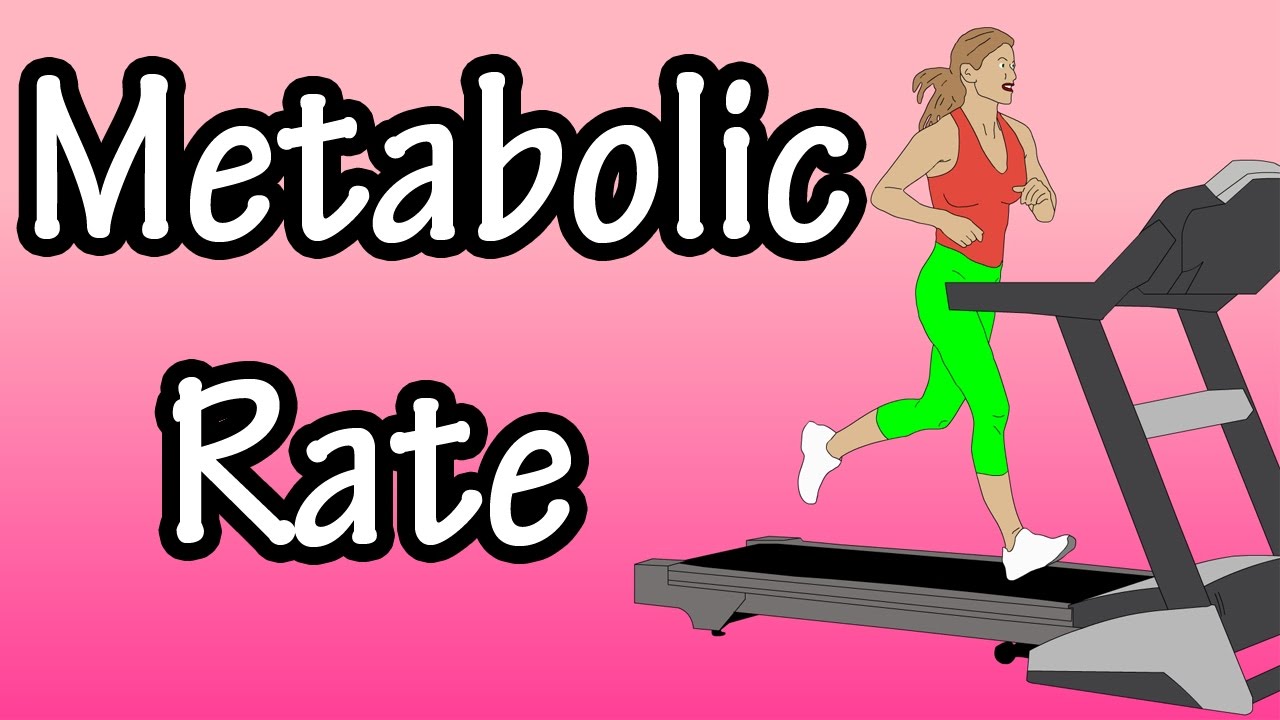
Metabolic Rate – What Is Metabolic Rate – Basal Metabolic Rate – How Many Calories Burned In A Day
- Post author:
- Post published:June 13, 2021
- Post comments:0 Comments
You Might Also Like
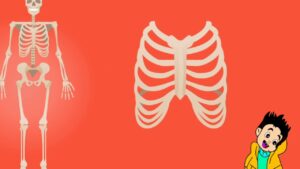
Science – Human Skeletal System Overview (Basics ) 3D animation

What is an isometric exercise? Isometric Exercises Definition

The Skeletal System

High Intensity Training Video – 5

the best flexibility video on tiktok 2021

What is Aerobic Exercise- Cardio and aerobics workouts

Biceps Hammer Curl | Biceps Exercise #2 | Fitness With Sangram Chougule

Stretching Exercises: Total Body Stretches

Gastrointestinal Surgery Video – 5

16 FOODS TO EAT ON A KETOGENIC DIET — Ketogenic Diet Foods.

Yoga Diet Video – 2
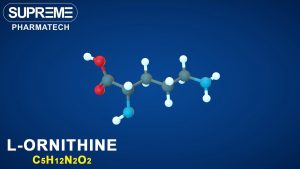
L-Ornithine | C5H12N2O2 | 3D molecule

BCS: Straightbar Bicep Preacher Cable Curl Exercise (Advanced Biceps Exercise)
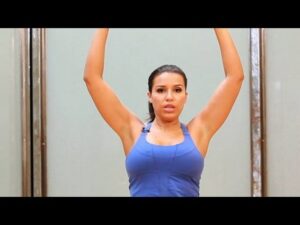
How to Do an Overhead Press | Female Bodybuilding

Making A Yoga Routine Video – 4
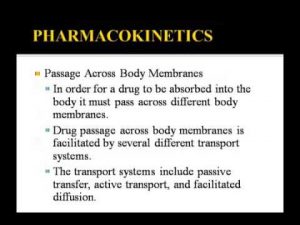
PHARMACODYNAMICS

History Of Surgery Video – 3
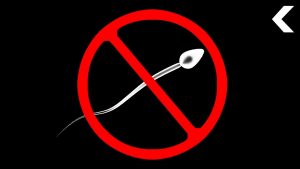
Yes, Sperm Counts Are Plummeting… And Scientists Are Worried
Shrugs-6

Diazepam Nursing Considerations, Side Effects, and Mechanism of Action Pharmacology for Nurses
Protein

Pregnancy Diet: 5 Tips For Proper Prenatal Nutrition

Minute Body | WILD OUTDOORS – Jump Squats

Liver function test Meaning

What is CTE?

The Ultimate Thyroid Home Test with Dr. Rob
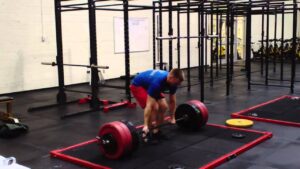
515lb Deadlift by WOD Programmer

3 Week Diet Review! Lose Weight Fast For Women! Fat Loss Tips 2018 NEW

Hysterectomy Removal of Uterus, Ovaries and Fallopian Tubes Surgery PreOp® Patien Education
Growth Hormone

Basic Training Exercises | Boot Camp
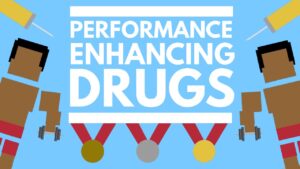
Anabolic Steroids – History, Definition, Use & Abuse Video – 36

Decline Chest Press & Flyes | Chest Exercise #4 | Fitness With Sangram Chougule

Male Reproductive System – Hormonal Function and Regulation (sperm synthesis and maturation)

Biology Lecture – 28 – Anabolic and Catabolic Reactions

Circuit Training Exercises – Body Weight Circuit Training Workout

Branches of Physiotherapy Video – 21

How Much Water Should You Drink Per Day?

Muscle Contraction
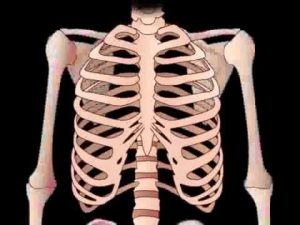
Skeletal System & Bone anatomy physiology

What to Eat Before Gym and What to Eat After Gym Workout

